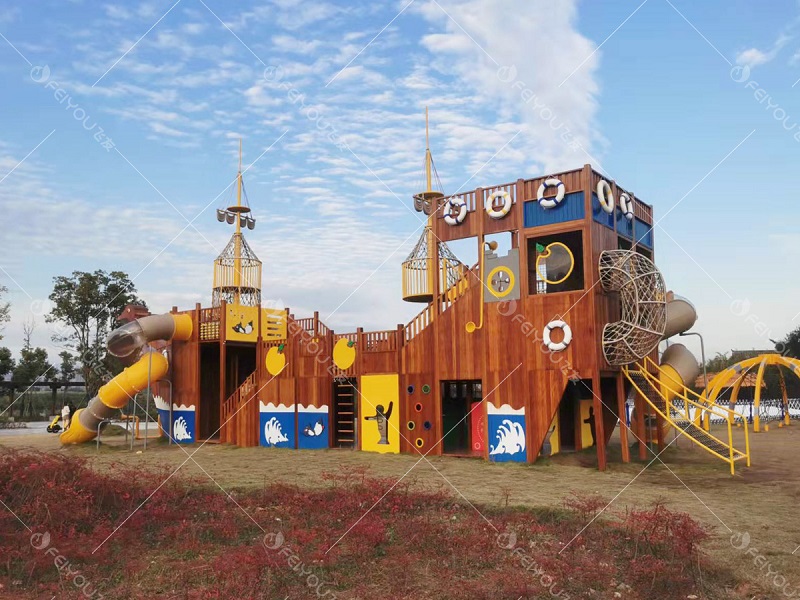Planning the play area of a large theme park is a complex and delicate process which involves a number of aspects, including target orientation, spatial planning, facility selection, landscape design, safety considerations, amenity planning, transportation and parking planning, and sustainable development. These aspects will be discussed in detail below.
Firstly, targeting is the basis for planning play areas. This involves identifying the theme of the park, the target group of visitors, and the experience that one wishes to provide for the visitors. For example, if the target group is family visitors, then the play area may include rides suitable for both children and adults, as well as interactive experiences suitable for the whole family to share.
In terms of spatial planning, it is necessary to consider factors such as the movement of visitors, the footprint of the facilities and the layout of the landscape. Through reasonable spatial planning, we can ensure a smooth flow of visitors in the park and at the same time make full use of the space to create a comfortable and interesting environment for visitors to play. For example, the visitor's line of movement can be optimized by setting up reasonable passage width, reasonable spacing of facilities and convenient guide signs.

Facility selection and arrangement is also a crucial part of play area planning. Suitable amusement facilities should be selected and arranged according to the characteristics of the target audience and the theme of the amusement park. At the same time, consider the correlation and interactive effect between each facility, and reasonably arrange the location and route of each facility to ensure that visitors can fully experience the fun of each facility.
In terms of landscape design, the overall image and atmosphere of the theme park can be enhanced through skillful landscape design. For example, you can set up a theme sculpture, characteristic buildings, green vegetation and other ways to create an environmental atmosphere consistent with the theme of the park.
Safety considerations and protective measures are also part of the amusement area planning that cannot be ignored. Attention should be paid to the safety of the amusement park, taking into account the safety needs of children and adults, and providing suitable guardrails, protective nets, and non-slip surfaces. At the same time, a strict safety management system and operational standards should be formulated to ensure the safety of visitors during play.
In addition, the planning of convenience facilities, transportation and parking planning, and sustainable development are also aspects that need to be considered in the planning of play areas. Various convenience facilities, such as restrooms, rest areas and dining areas, need to be provided to meet the basic needs of visitors. The location and capacity of parking lots should be reasonably planned to ensure smooth parking for visitors. Meanwhile, the sustainable development of the amusement park should be considered in the planning process, including considerations of energy conservation and emission reduction, water resource management, garbage disposal and environmental protection.
To summarize, the planning of amusement areas in large theme parks is a complex and delicate process that requires comprehensive consideration of many aspects. Through reasonable planning and design, it can provide visitors with a safe, comfortable and interesting play environment while realizing the sustainable development of the park.
+86-13566236059
#16 Chuangqiang Road, Light industrial area, Lucheng district, Wenzhou city, Zhejiang Province, China.
+86-577-85951908
+86-577-86457291
